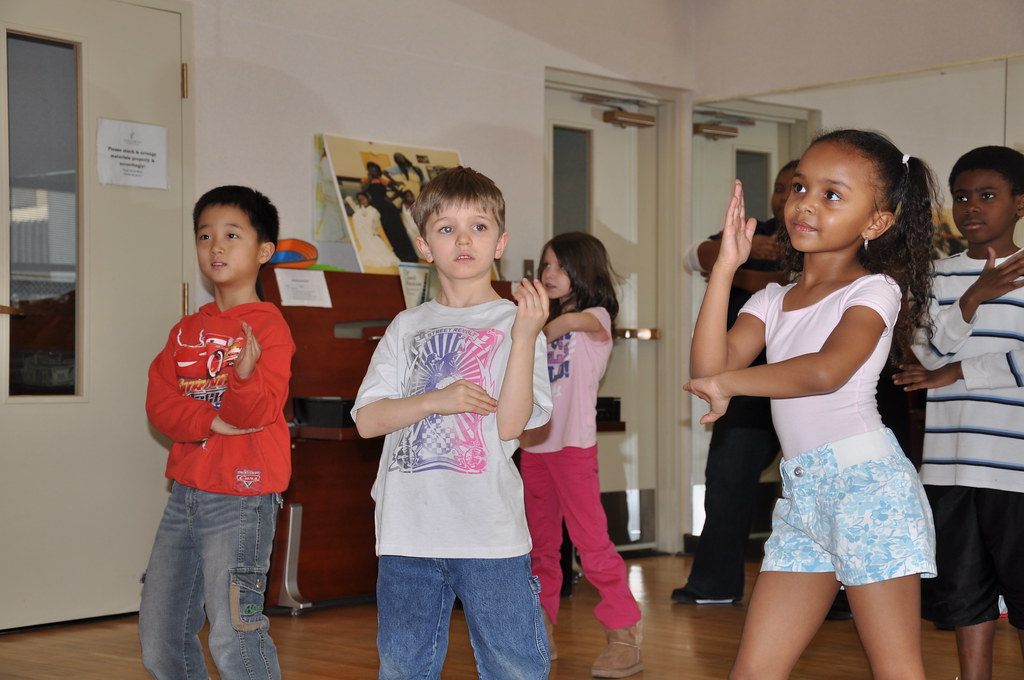In recent years, some educators of all subjects and grade levels have agonized over lack of engagement from students and increasing apathy that has grown since the COVID-19 pandemic amongst the student body. To combat this, teacher training places heavy emphasis on gamifying the classroom, creating extrinsic reward systems, and, in general, expecting teachers to juggle and ride a unicycle to get a single student to care about what teachers are teaching. These strategies — like gallery strolls, think-pair-shares, and jeopardy — are overused and don’t touch on the core issue: lack of connection to students’ backgrounds, cultures, and wealth of knowledge.
Research supports arts integration as the perfect avenue for increasing culturally diverse student achievement, learning, and engagement across disciplines. As the majority of the student body in public schools shifts to students who stem from oral cultures (Latino, Middle Eastern, Southeast Asian, and African American), we must learn to transfer knowledge in ways that use these students’ oral-based skills. To be more culturally responsive, we must learn to help our students process information through storytelling, songs, chants, talk, dance, and movement.
The arts are our avenue to integrate this type of oral and active learning into our curricula. We do not always need an end product that results in artwork to consider arts integration in our classrooms. Instead, we can reframe arts integration as a way of developing educational tools that engage our students in observation, connection, problem-solving, communication, and meaning-making. We can improve all students’ learning and engagement through arts integration by empowering diverse understandings, real-world applications, and interactive knowledge processing, regardless of the content matter.
– Meghan Allen, who has a BFA in Arts Teaching from the U and is currently pursuing her Masters in Art Teaching













Cally Flox • Dec 26, 2023 at 10:00 am
Thank you Meghan! Well said. This information helps all of us advocate for quality learning experiences in schools. Every child benefits from drawing, singing, dancing, and dramatizing stories every day!